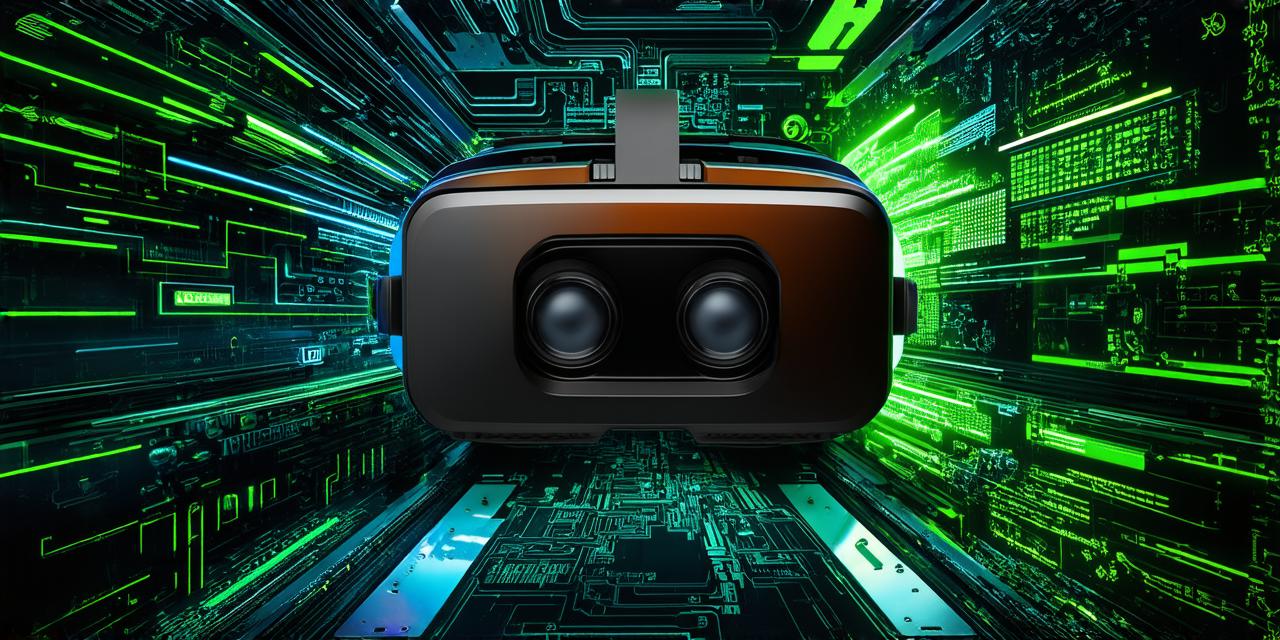Understanding Virtual Reality in Education
Virtual reality (VR) technology is revolutionizing education by providing immersive learning experiences that can help students better understand complex concepts. As VR developers, you have the opportunity to create engaging educational programs that can transform how students learn and retain information. In this comprehensive guide, we will explore everything you need to know about developing a virtual reality educational program, from pre-production planning to post-production evaluation.
Benefits of Virtual Reality in Education
Virtual reality technology offers several benefits for education, including:
- Improved engagement: VR technology provides a highly immersive experience that can capture students’ attention and keep them engaged throughout the learning process. This increased engagement can lead to better retention of information and improved academic performance.
- Enhanced understanding: By allowing students to interact with virtual objects in a real-world environment, VR technology can help them better understand complex concepts. This technology can be especially useful for subjects like science, engineering, and history, where traditional teaching methods may not provide enough depth or context.
- Increased accessibility: Virtual reality technology provides an opportunity for students to learn from anywhere in the world, regardless of their physical location. This increased accessibility can help level the playing field for students who may not have had access to certain educational resources in the past.
- Cost-effective: Virtual reality technology can be cost-effective compared to traditional teaching methods, especially for large classrooms or institutions with limited resources. By using VR, schools and universities can save on infrastructure costs, transportation, and other associated expenses.
Pre-Production Planning
Before you begin developing a virtual reality educational program, it’s important to plan out the project carefully. This includes identifying your target audience, defining learning objectives, and determining the best VR platform for your needs.
Target Audience:
Identify who your target audience is and what their needs and interests are. This will help you design a program that meets their specific requirements and provides a valuable learning experience.
Learning Objectives:
Define clear learning objectives that outline what students should be able to achieve after completing the program. These objectives should be specific, measurable, achievable, relevant, and time-bound (SMART).
VR Platform:
Determine which VR platform is best suited for your needs. Consider factors like cost, ease of use, and compatibility with existing equipment.
Content Development:
Develop content that aligns with your learning objectives and engages students throughout the learning process. This may include creating virtual environments, designing interactive activities, or developing simulations.
Production Process
Once you have completed pre-production planning, it’s time to begin the production process. This includes creating content, testing and refining the program, and integrating it with the VR platform.
Content Creation:
Use 3D modeling software to create virtual environments and interactive activities that align with your learning objectives. Consider using real-world examples or simulations to make the learning experience more engaging.
Testing and Refinement:
Test the program with a small group of students to identify any issues or areas for improvement. Refine the content based on their feedback and test again until you are satisfied with the final product.
Integration:
Integrate the program with your chosen VR platform, ensuring that it is compatible with existing equipment and software.
Post-Production Evaluation
After the program has been launched, it’s important to conduct post-production evaluation to assess its effectiveness and identify areas for improvement.
Data Collection:
Collect data on student engagement, retention of information, and academic performance to evaluate the program’s effectiveness.
